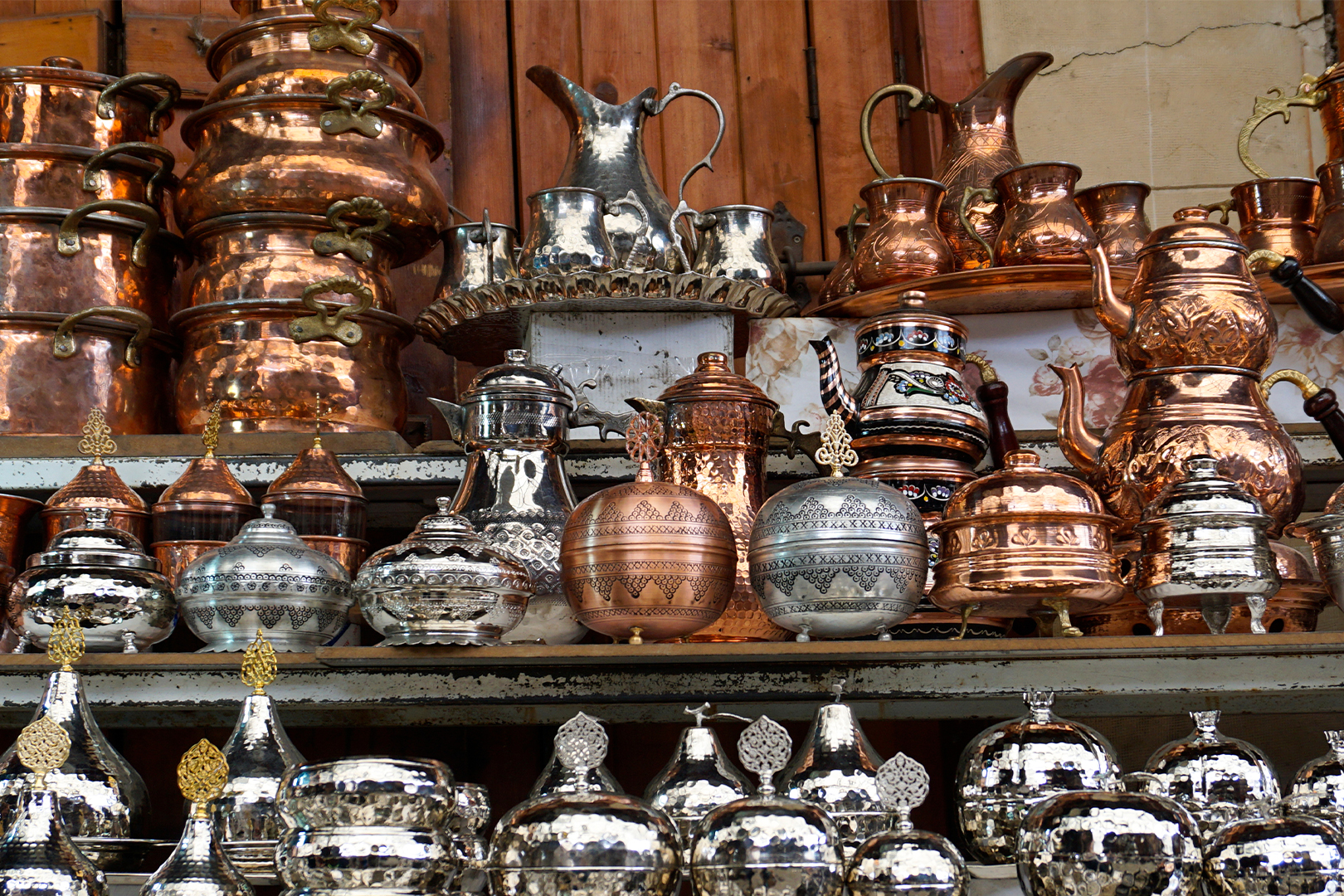
09 Nov KAVAKLIDERE
The history of Kavaklıdere District is
largely based on oral traditions due to the lack of written sources. According
to rumors, Kavaklıdere took its name from the stream passing through it and the
plane trees around it, which the local people call “Poplar / Kavak in
Turkish “. It is believed that the first settlers of the region were
Turkmens from the Karakeçili Yörüks in the early 17th century. Later, with the
settlement of Türkmen families from Denizli, Denizli-Tavas, Muğla, Uşak-Eşme,
Uşak-Karahallı, and the Kaz Mountains region, the village structure was
established. Kavaklıdere gained district status in 1990 and an organizational
structure was established.
Main Historical and Archaeological Destinations
Ancient Cities – Wallarima/Asarcık and Hyllarima
The ancient cities of Wallarima and
Hyllarima are located in the inland Caria region, within the boundaries of the
nowadays districts of Menteşe, Yatağan, Kavaklıdere, and Milas in Muğla
province. Hyllarima is situated in Derebağ Neighborhood of Kavaklıdere
district, while Wallarima is located in Çayboyu Neighborhood.
The first informations about the ethnic
and political structure of this region comes from Hittite scriptures. These
scriptures describe the names of settlements and kingdoms in Western Anatolia
and the routes taken by Hittite kings during their military campaigns in the
areas they conquered. It is believed that Hyllarima, located on a hill
approximately 1.5 km north east of Asarcık Hill, corresponds to the Wallarima
mentioned in the Hittite scriptures.
Traces of settlement from the Bronze
Age, Early Iron Age, and Archaic Period of Hyllarima have been found on Asarcık
Hill, located in Çayboyu/Kıllıaliler Neighborhood. Excavations have revealed
that Asarcık Hill was inhabited from the early 3rd millennium BC. However,
these settlement traces were constantly damaged in later periods, thus in
limited evidence of cultural continuity, except for the Middle Ages and Early
Hellenistic Period. Stone and adobe building foundations dating back to the 2nd
millennium BC, along with associated pottery, stone tools, and textile industry
related to weaving, have been discovered. Pottery finds discribe that the
settlement continued between 1200 BC and 330-320 BC. Moreover, well-preserved
remains of well preserved walls from the Iron Age are also present.
The last cultural period of Hyllarima
is correlate with the Middle Ages. During this period, a defense system was
built, supported by 3.5 meter high towers and surrounded by 2.5 meter high and
2 meter thick city walls. The interior of the defense system has a tight
architectural configuration. During the excavations, traces of a fire that took
place in the 13th century AD were found, especially in the city wall area where
the gates are located. In such a case suggests that the region may have been
conquered by Turkish raids coming through the Menderes Valley. Asarcık Hill has
been in an important position throughout history as one of the transit routes
of all powers that wanted to control southwestern Anatolia.
The structures in Hyllarima are dated
from the 4th century BC to the 7th century AD. The region stands out as an
important settlement that has preserved its remains to the present day. Located
on a key route that connected inland Caria to the Menderes Valley and extended
from Stratonikeia to Aphrodisias, Hyllarima has been known as an important site
since the 2nd millennium BC.
Natural and Cultural Heritage
Marble Industry
Since the 1990s, Kavaklıdere has shown
significant development in the marble sector, which plays a key role in the
district’s economic growth. The district is home to 20-30 marble quarries,
along with numerous marble processing factories and workshops. Kavaklıdere
produces 60% of Muğla’s marble. This percentage clearly highlights the
district’s important role in the marble industry and its contribution to both
the Muğla and Turkish economies. This growth in the marble sector adds dynamism
to Kavaklıdere’s commercial life and supports regional development.
Coppersmithing
The district of Kavaklıdere is renowned
for its copper craftsmanship and tinning, and this traditional craft is one of
the most significant sources of income for the district. Artisans in the region
produce a wide range of kitchenware from copper. Items such as bowls, pottery,
pitchers, roasting pans, fireplaces, intricately carved trays, wreaths, and
nameplates are meticulously crafted in our district. Before the widespread use
of aluminum and steel kitchenware, a large portion of the Aegean region’s
copper kitchenware was supplied by Kavaklıdere. During this period,
coppersmiths developed a unique language among themselves, and this special
language is still used among the local people today. In the past, all copper
items were entirely handmade. Although this traditional production method has
diminished with the advent of machinery, there are still artisans who work
copper by hand, creating decorative items, trays, copper bowls, and roasting
pans. These craftsmen produce products that are both traditional and aesthetically
valuable, thanks to their fine craftsmanship.
Yerküpe Cave
Yerküpe Cave is located on the Hebil
Stream and is known for its natural beauty. The plateau above the cave has been
arranged for picnics and wrestling events. The plateau is popular among nature
sports enthusiasts during the spring and summer months.
The cave is 100 meters long and
consists of a single gallery, forming a semi-active passage structure. Its
width varies between 3-10 meters, and the ceiling height ranges from 2-8
meters. Inside, there are gravel and sand deposits, along with stalactites and
stalagmites. The speleothems (dripstone formations) are of particular interest
to tourists. The area above the cave has been developed as a picnic and
recreational site.
Gökçukur Plateau
Gökçukur Plateau, at an elevation of
1850 meters, offers visitors cool temperatures and breathtaking views during
the summer months. In winter, the lush greenery is replaced by a blanket of
white snow, creating postcard-worthy scenes.
Recommended Activities
Beşpınar Wrestling
The Beşpınar Wrestling Festival is a
vibrant and entertaining event held every June at the Beşpınar Plateau. This
festival, set in a traditional atmosphere, features numerous activities that
reflect the region’s cultural heritage. The festivities begin the night before
with concerts where some folk songs are performed. The wrestling competitions
that start the following day draw significant attention from both local and foreign
tourists, who watch with great excitement. The Beşpınar Wrestling Festival
offers a perfect opportunity for those who wish to experience cultural richness
and enjoy a fun time.
Kurucuova “Keşkek” Festival
The Kurucuova Keşkek Festival is a
special event held every August, following the wheat harvest in the region.
“Keşkek,” a local dish well-known and loved throughout Anatolia, has
a unique reputation in Muğla and its surroundings as well.
This traditional festival is organized
to celebrate the cultural richness and gastornomy heritage of the region. Throughout
the festival, in addition to “Keşkek” , various cultural events and social
activities also take place.

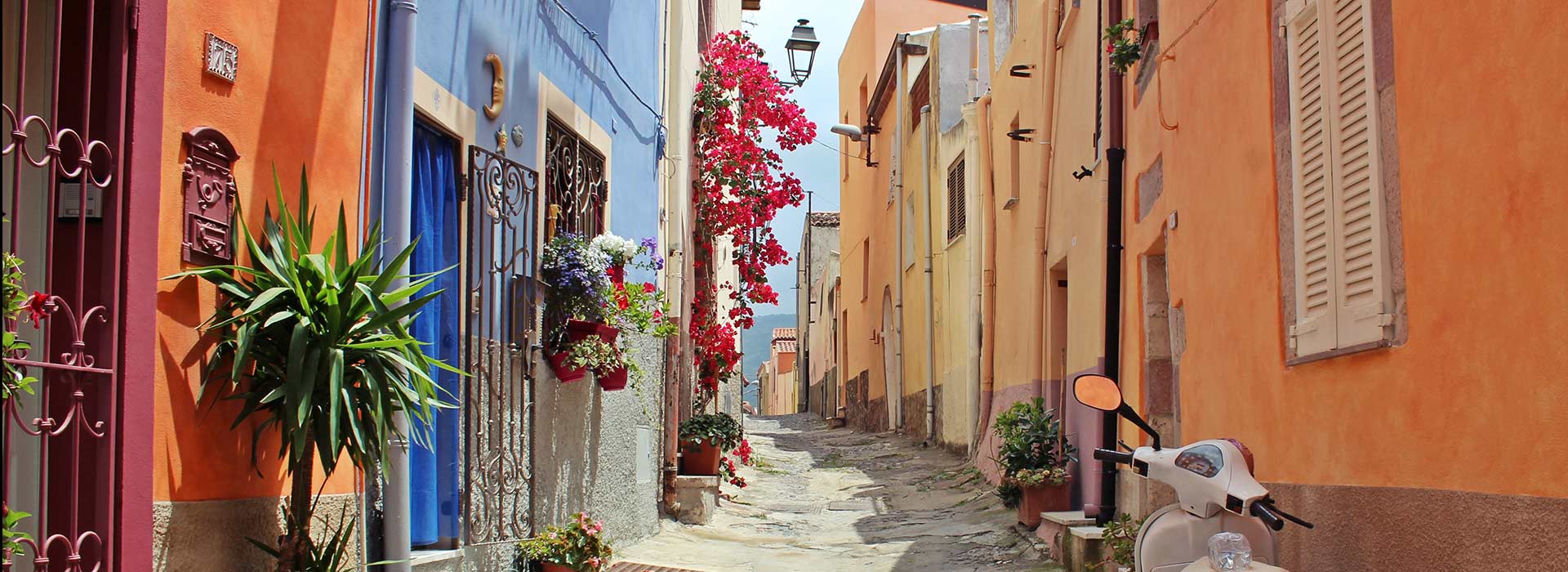
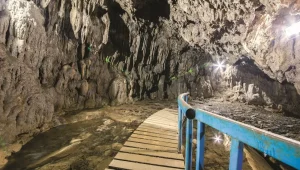
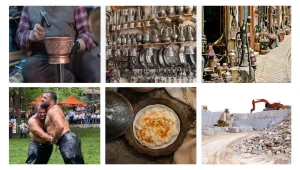
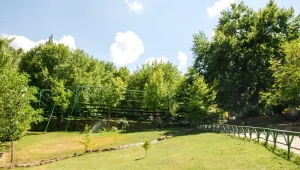
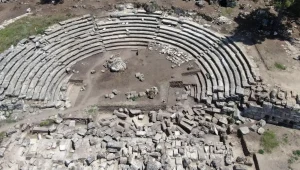
Sorry, the comment form is closed at this time.